Coal and Machining - Summary of US Trip
I was in the US for 3 weeks, visiting Kentucky, Tennessee, West Virginia, and Indiana
As I sit at the airport in Panama City waiting on my flight home, I wanted to forget for a moment about the copper mine protests brewing outside and summarize my recent US trip before I forget the details.
I went to the US to file taxes, see family, and check out a mining opportunity in West Virginia. I spent time in 5 major US cities and drove across 4 states. I visited an actual coal mine for the first time, and had conversations with industrial outfits, analysts, and money managers, as well as observed the general state of things. Here is my report.
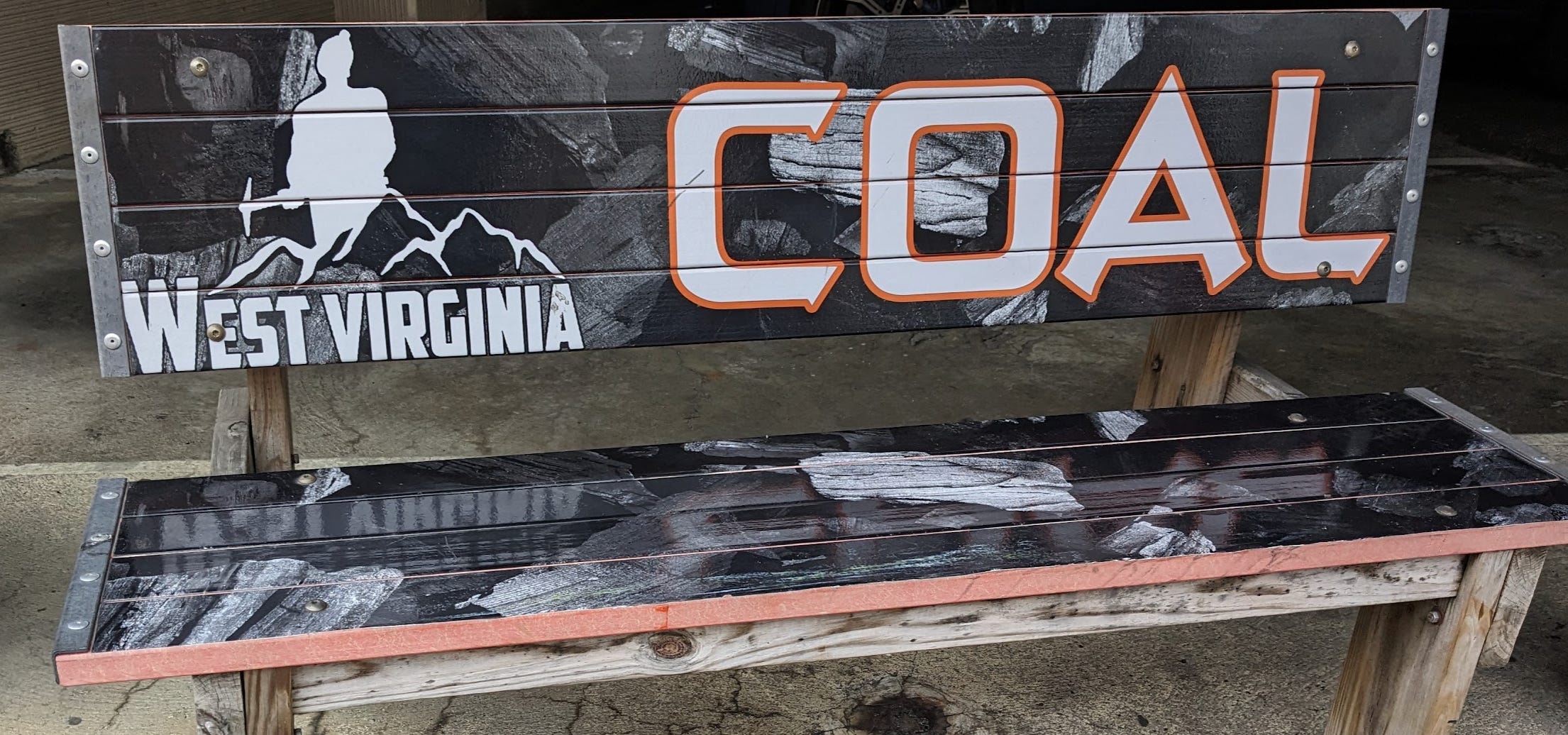
The Job Market and Economy in General
Outside of the BLS and JOLTS reports which are consistently showing strong employment, you continue to see evidence of it in industrial America. I passed numerous billboards advertising $20-30/hr jobs in some of the poorest parts of America. The average take home pay at the mine I visited was around $60k/yr. My family business, which employs around 50 people and focuses on machining, automation, industrial services, and industrial supply, continues to have trouble hiring.
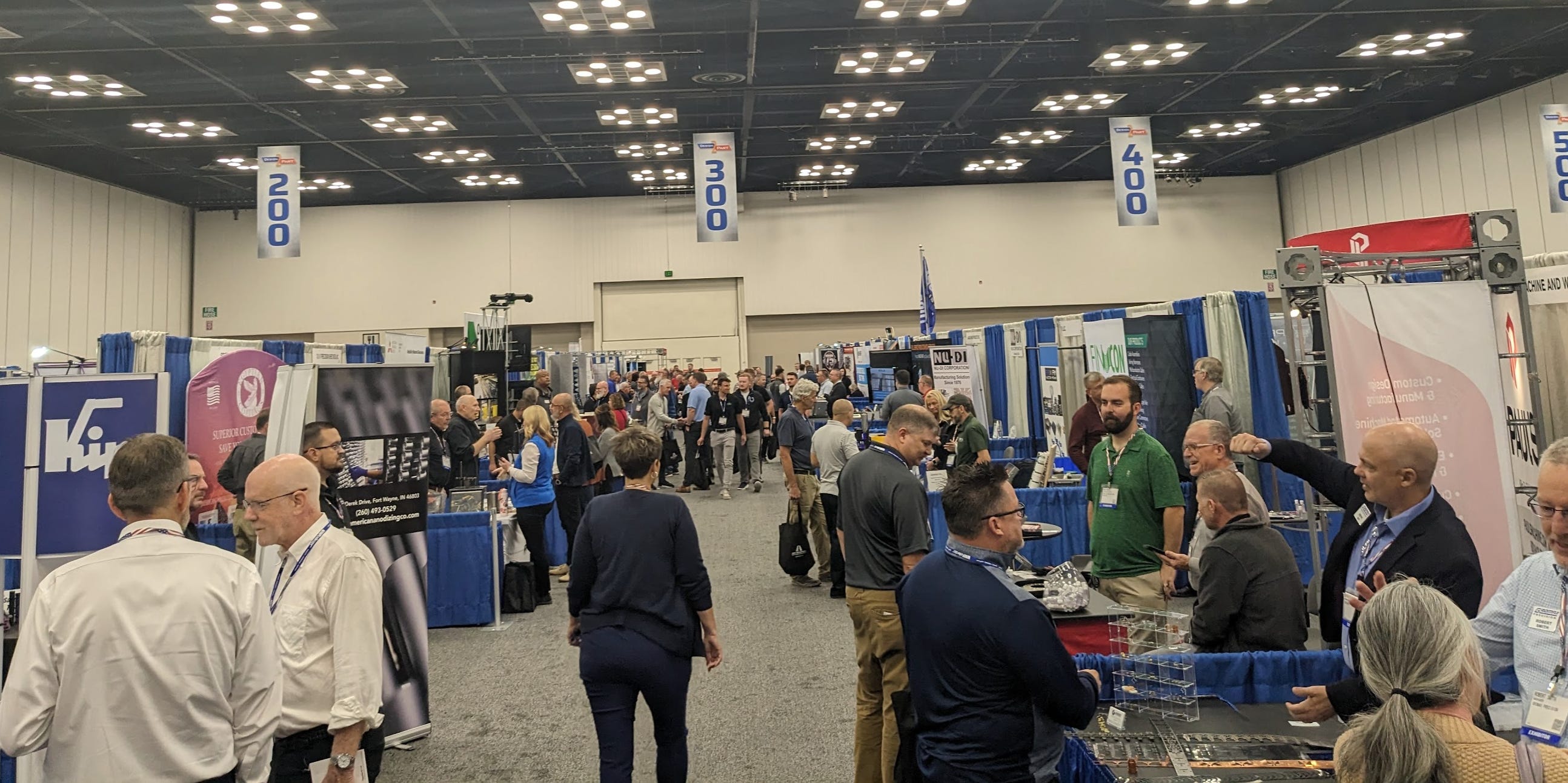
At an industrial trade show I visited in Indianapolis, I talked to people at dozens of booths (mostly in machining, electronics, stamping, automation, chemicals, etc.), many of whom mentioned the difficulty in finding younger workers with the necessary skills to work in their businesses.
Paradoxically, I observed widespread homelessness and vagrancy in cities like Charleston, Huntington, Nashville, Louisville, and even Bowling Green, KY (where I’d never seen a single homeless person my entire life).
The current theme at least in that part of the United States seems to be that anyone who wants a job can get a good one, but many don’t want a job. The UAW strike and a slowdown in hospital spending was cited by some people at the show who work with those industries as causing stress, but overall the picture was healthy.
My family business has seen some slowdown and people are worried, but those worries have still not translated into something meaningful. There are still plenty of phone calls and internet inquiries.
Coal Mining and West Virginia
One of the highlights of my trip was driving across West Virginia to visit a functioning coal mine which some Marhelm subscribers have invested in and analyze the opportunity for myself and others. I looked at the mine infrastructure, the local transport infrastructure, talked to maintenance staff, and in general tried to develop a better low level understanding of what drives a coal mine.
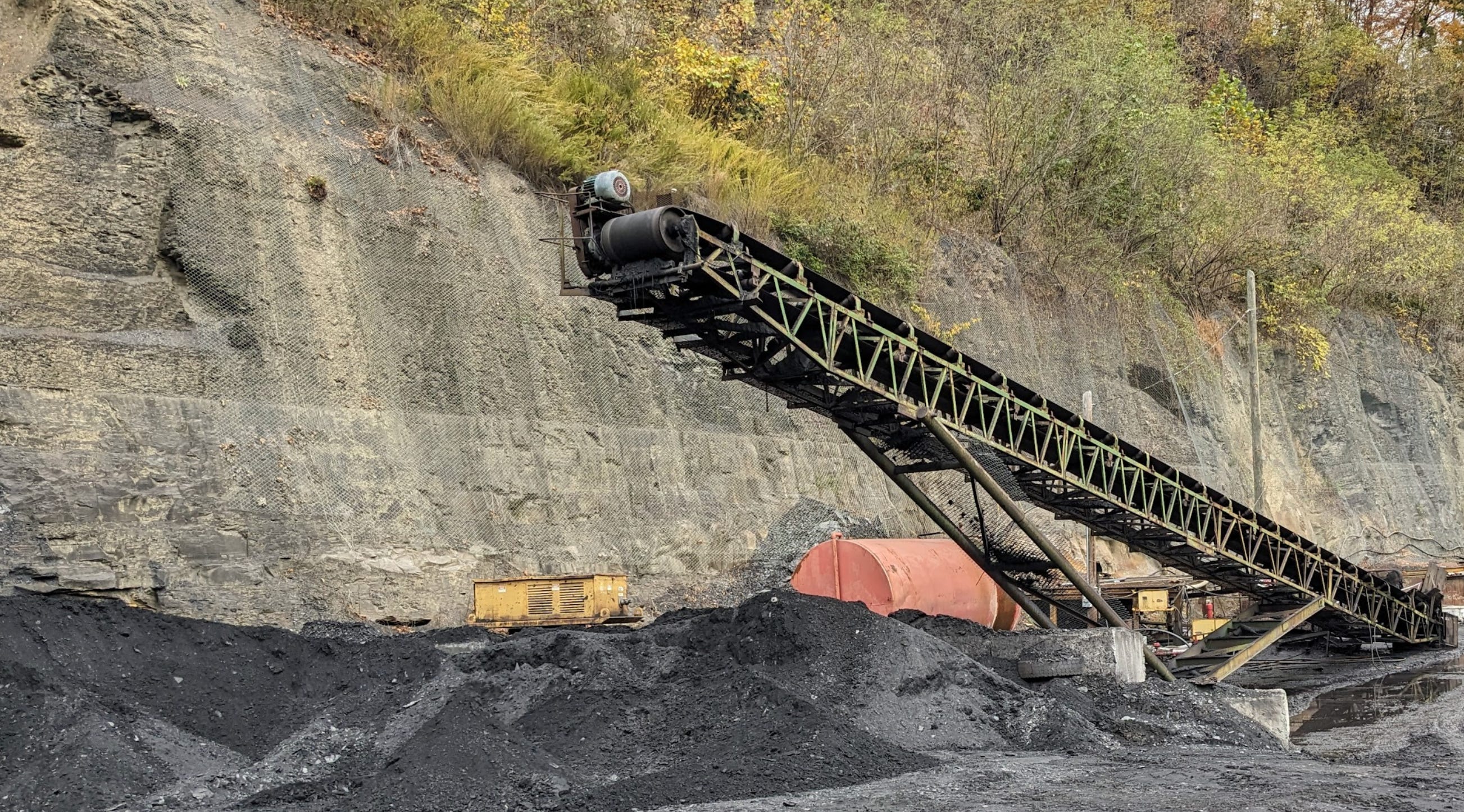
I was taken aback at the general level of poverty and stress in the area. The story of West Virginia is crazy. Think a century of wild growth, followed by 70 years of collapse. The only decade between 1950 and today that the population of West Virginia grew was in the 1970s.
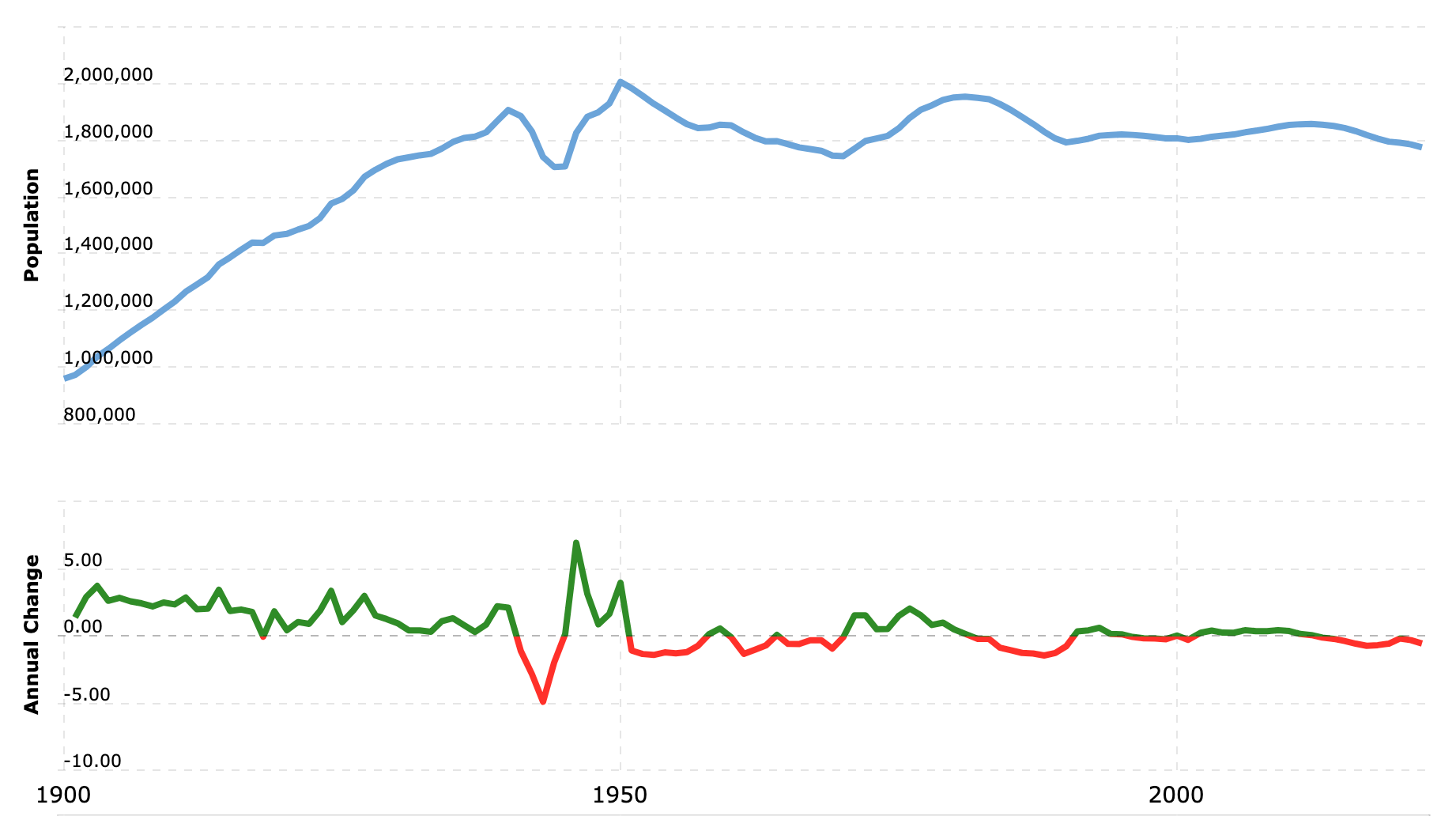
When you look at some of the true mining counties (i.e. rural vs urban), the trends are even more pronounced. McDowell County, the county where I visited the mine, lost 80% of its population since the 1950s peak.
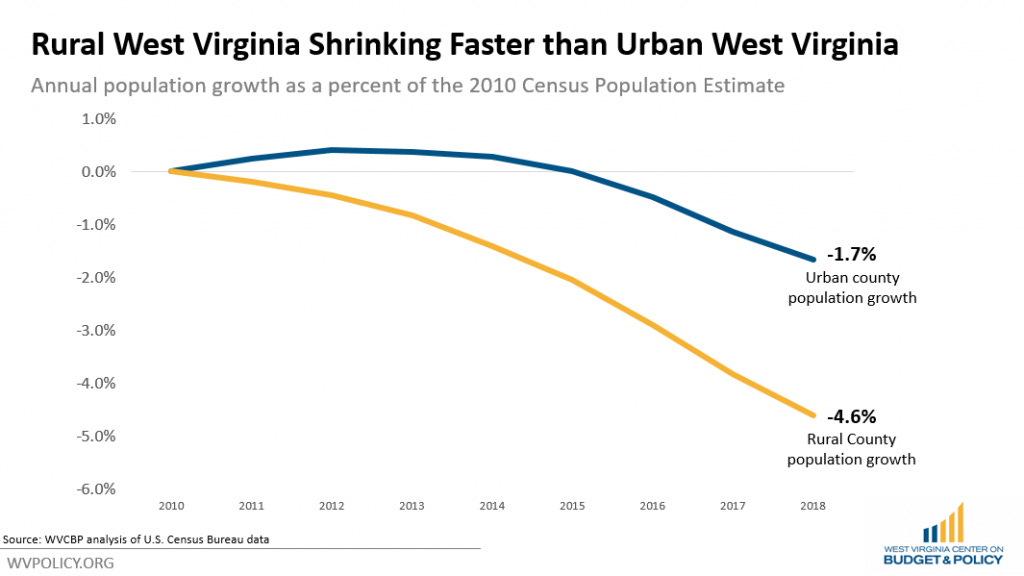
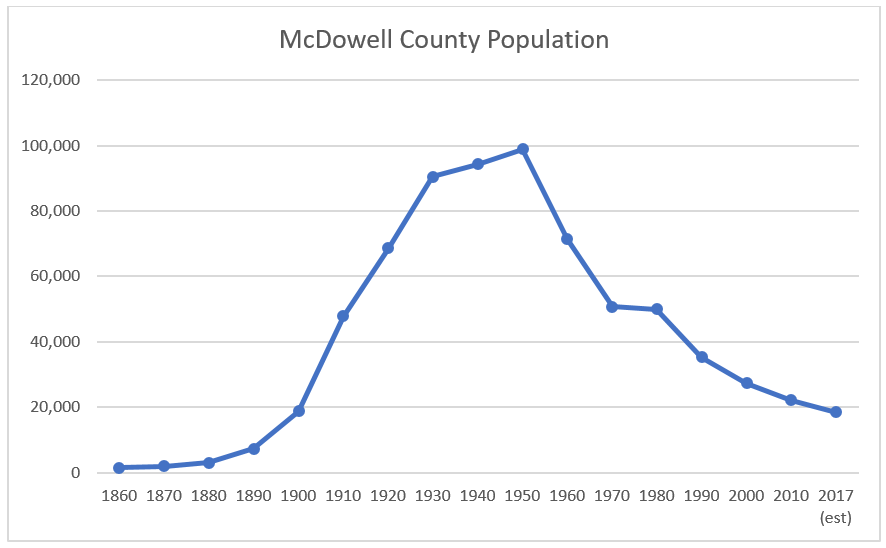

What’s most striking is that the collapse in rural West Virginia population occurred despite an exponential rise in US coal consumption. It is worth noting that the rise was so big during the 1970s energy crisis that the population decline was staved off at least for a little while.
The reasons for the population trends are complex, but I think include elements like automation, unionization, and competition from other states. The days of mining coal by hand gave way to better technology that simply didn’t require many people. The jobs today are highly technical and mostly involve running and maintaining complex equipment.
Today’s coal mining jobs are actually good jobs, and they struggle to fill them, despite an idea many have of “poor coal miners".” The main thing that drove poverty in West Virginia was simply fewer people were required to mine increasing volumes of coal.
The real cautionary tale here is probably what happens to economies that become super concentrated around a single industry.
Retail
While certainly not representative of the entire US, the mall in Charleston, WV was the most barren mall I’d ever been in my life. I only saw a few other people, and two people actually came up to me to ask for money.
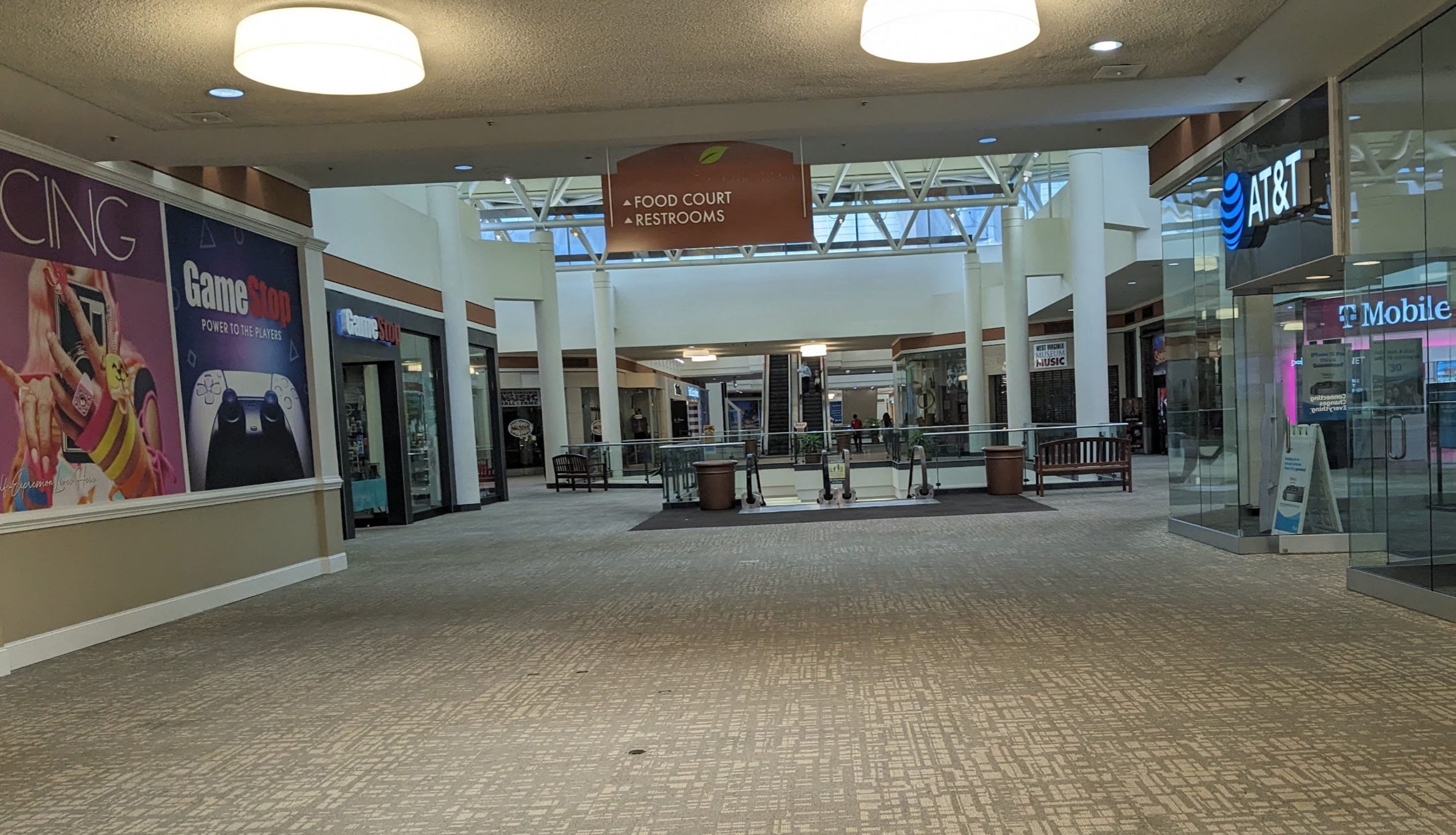
I also noticed that a once very popular strip mall outside of Nashville was being demolished to be redeveloped as residential apartments. Even downtown Indianapolis, which is a thriving city by any measure, seemed incredibly empty. In 3 weeks in the US, I didn’t see a single busy retail area.
Reshoring
The one trend that people kept mentioning over and over at the industrial show in Indiana was reshoring. Nearly everyone noted vast increases in new customers and new initiatives based on factories and production being relocated to the US and Mexico.

One would think this trend is positive for wage growth and supportive of inflation. The other thing I found interesting was how absent “ESG thinking” was from the trade show. People mentioned that the “ESG solutions” in manufacturing were generally far more expensive than traditional solutions. One topic that I heard multiple times was the new coal plant being built to fire a new EV plant in Indiana.
Outside of Louisville, I drove by a massive complex of new EV battery plants being developed. As Kentucky’s grid is mostly coal driven, it is quite ironic that the automotive industry is selecting a coal heavy state to locate EV production.
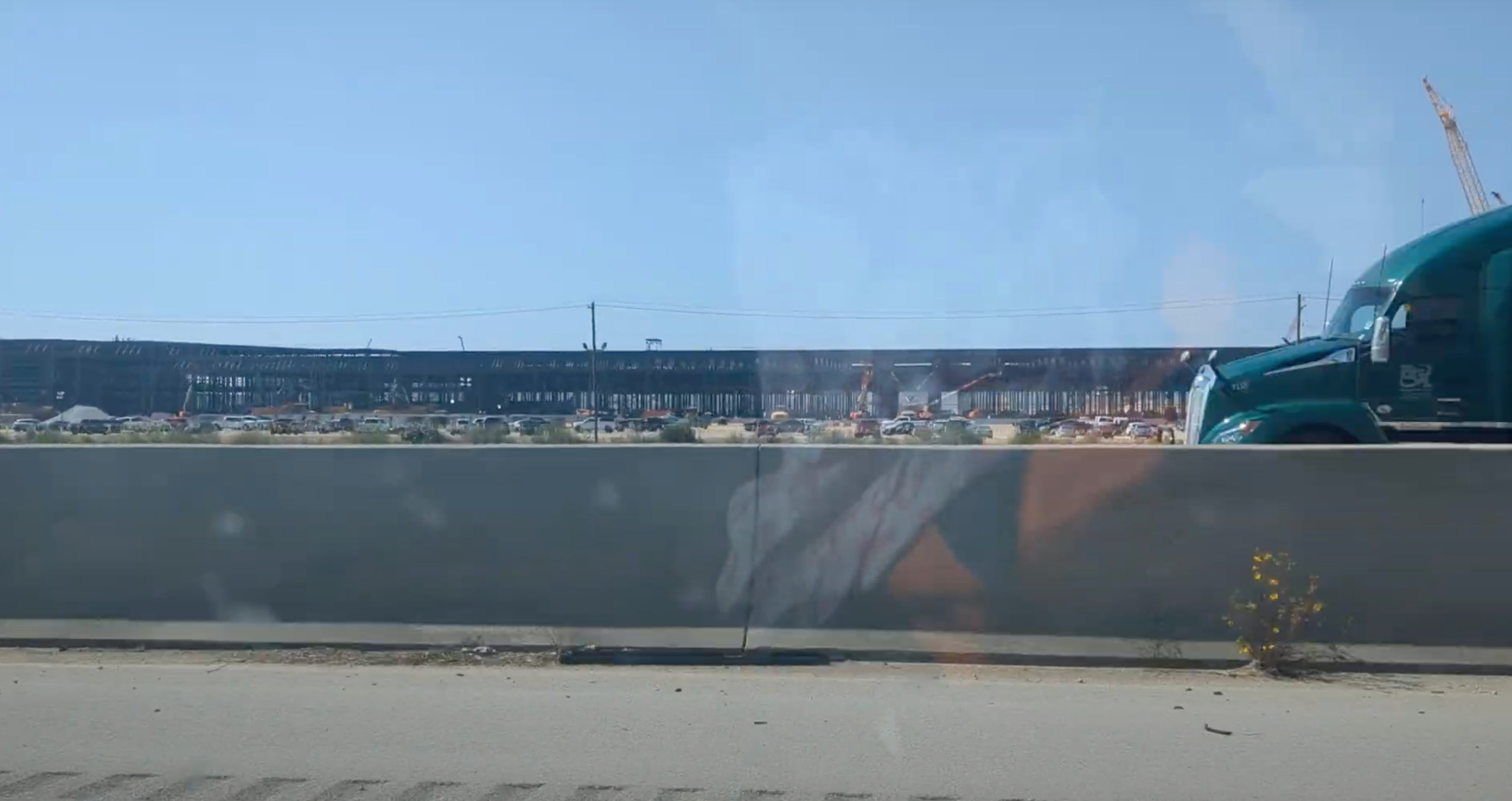
I think it’s very important for those thinking about long term trends in oil to remember just how many hydrocarbons are required to build out this “energy transition.” Due to the heavy weight of EVs, an electric car contains far more plastic than ICE vehicles do to reduce weight. Walking around the industrial conference, it was striking how everything on display that wasn’t made of metal, was made of oil.
In the photo below I took at the Mitsubishi Chemical booth, there are some examples of plastics feedstocks. Essentially, oil byproducts are stored in barrels of liquid which are either molded or converted to pellet form. What you don’t burn in planes, trains, ships, and automobiles, generally becomes either asphalt or plastic.

In fact, petrochemicals are far and beyond the largest component of demand growth for oil, and estimates may be low. One of my other longs, Braskem, is a beneficiary of this long term trend.
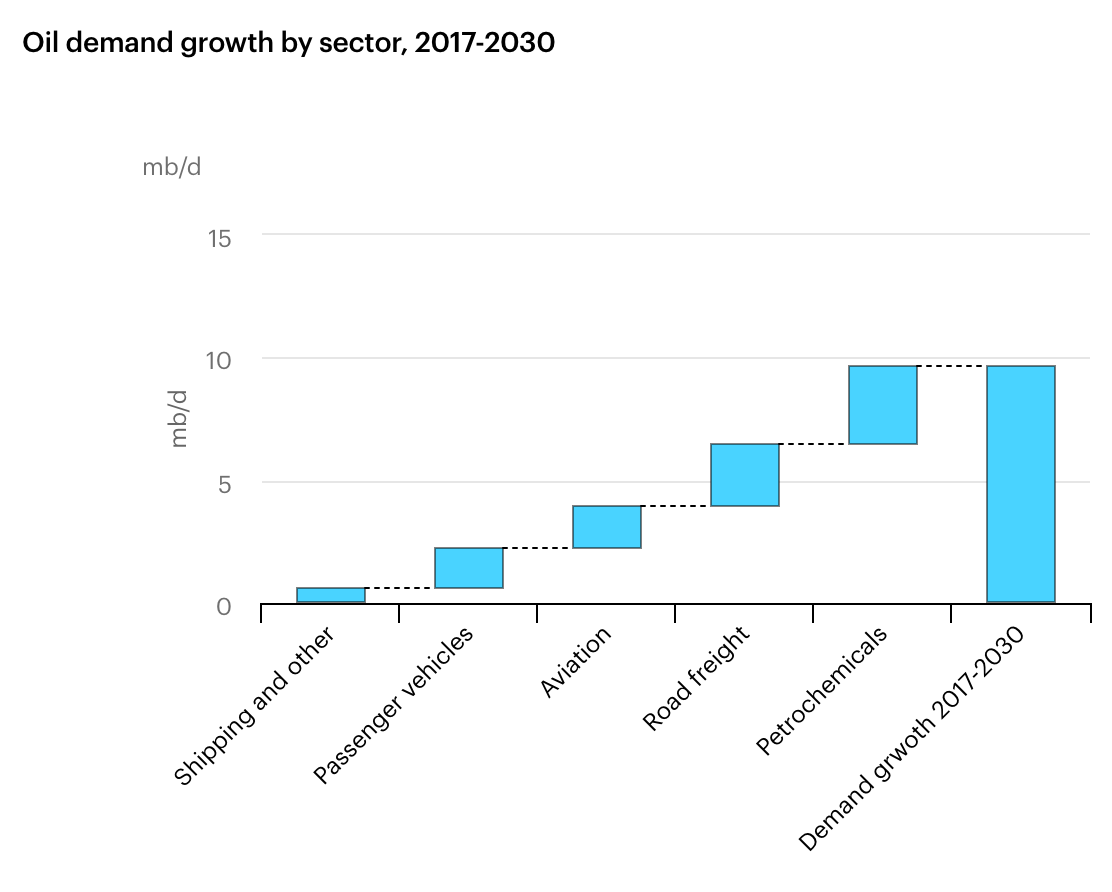
Summary
Despite my seemingly negative bias towards the US (which mostly comes from my view on the desperate fiscal picture and cultural degeneration), I always enjoy my trips to the United States.
The United States remains one of the world’s preeminent industrial powers, and reshoring seems to be a real trend. The current macro environment is interesting, and in many ways resembles the 1970s (rising yields, high inflation, rising energy consumption, and major geopolitical instability). Continued reshoring should only accelerate this trend. I would continue to avoid bonds and favor assets that perform well under inflation, like energy assets. I think money managers still fail to appreciate the magnitude of this trend. Three money managers (one claimed to manage over twenty billion dollars) I had dinner with in Charleston weren’t even aware of the Treasury maturity schedule. One 30 year RIA was pounding the table on buying bonds. I don’t think people get it yet.
My assessment of the coal mine was mostly favorable, and I have no worries that my subscribers who invested in it will get paid back and make money for a long time. For my personal portfolio, I don’t see the usurious returns I usually seek (like in Petrobras and Ecopetrol) to justify the illiquidity, but I do see a very safe investment that will likely cash flow for decades.
All in all, a good trip, but after a few weeks, I was really missing my wife and daughter and got back to Panama just in time to follow the unfolding copper mine protests.
Calvin's thoughts is a reader-supported publication. To receive new posts and support my work, consider becoming a free or paid subscriber.


